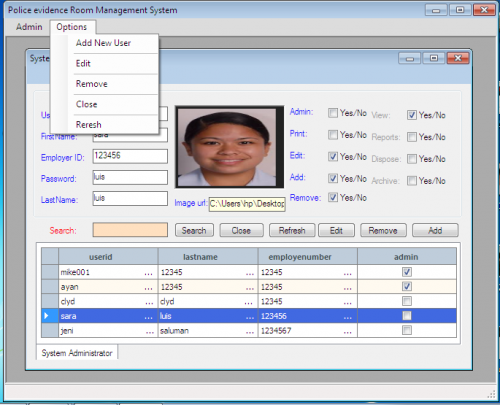Simple Vb.net Program Code

Sxe Injected Latest Version on this page. Over 6 years ago I did visual basic programming. I used VB6 for an editor. I did it for a semester in college, and I didnt make a good grade. Since then I have been doing other things in life. However I was asked at work to create a web application.
Learn to write visual basic code. Many developers still favour VB6 over its successor VB.NET. In Visual Basic 6. Visual Basic Sample Codes E-Book is written. VB.Net examples (example source code) Organized by topic. VB.Net examples (example source code) Organized. Computer Programming tutorials and source code for beginners who wish to start programming. Tutorials mainly for the.NET framework but also for other languages. Chilkat VB.NET Examples. Click on a category in the left rail to browse VB.NET examples.
I am creating my application in vb.net 2003. I began desigining the interface of the web form.
I have 5 forms, all of them need to connect to a database which I already have prepared. I created the database in MS Access. If I can get one of the forms to look at the database, I think I can get the rest of them to do it. I have tried using beginner tutorials online and I am not finding anything thats helpful. The closest tutorial I have found that could atleast give me an idea of what to do, the code doesnt work, I did everything to the 'T'. Is there anyone out there that can help me? What you are looking for to access Microsoft Accesss Databases (MDB) is the Microsoft JET Client.
If you are using a Visual Studio here is the VB for simple access. You can query the database file with SQL. Outside class Imports System.Data.OleDb Imports System.Data Inside class, to access the database Dim cn As OleDbConnection Dim db As OleDbDataAdapter cn = New OleDbConnection('Provider=Microsoft.Jet.OLEDB.4.0;Data Source=c: folder file.mdb;') cn.Open() db = New OleDbDataAdapter('select * from Table1', cn) Dim ds As New DataSet() db.Fill(ds) For Each row As DataRow In ds.Tables(0).Rows me.txtRow1.text = row('Row1') me.txtRow2.text = row('Row2') me.txtRow3.text = row('Row3') Next cn.Close() cn.Dispose() cn = Nothing For more information go to,. Hope it helps!
Understand the project screen. In the center of the screen will be a box with a lot of dots. This is your form. A form is the place where you will add the various elements (command buttons, pictures, text boxes, etc) to your program. • To the left of the screen is the toolbox. The Toolbox contains various pre-defined elements of any program.
You can drag and drop these elements onto your form. • To the lower right of the screen is the form layout. This determines where your program will be displayed on the screen once the project is complete and executed. • On the mid-right is the properties box which determine the property of any element that is selected in a form. You can change various properties using this. If no element is selected, it displays the properties of the form. • On the top-right is the project explorer.
It shows the various designs, forms that are included in a project. • If any of these boxes are missing, you can add them by clicking on the 'View' button on the Menu bar.